UX Experiments That Changed the World
Seven UI/UX innovations—like the "Like" button, Pull-to-Refresh, and Hashtag—transformed digital interaction. From FriendFeed to Apple, these features, refined by tech giants, shape behavior globally.

UX Experiments That Changed the World: A Deep Dive Into Iconic Innovations
The digital world we inhabit today—where a swipe refreshes our feeds, a double-click zooms into maps, or a simple # connects us to global conversations—didn’t emerge by accident. It’s the product of ingenious UI/UX experiments, each a spark of creativity that ignited widespread change. These innovations transcended their initial purpose, weaving themselves into the fabric of our daily interactions with technology. They didn’t just solve practical design problems; they redefined how we engage with devices, platforms, and each other, influencing behavior on a planetary scale. From the quiet labs of Xerox to the bustling hubs of Silicon Valley, these features tell a story of human ingenuity meeting technological possibility. Let’s explore seven transformative UI/UX breakthroughs, their origins, and the profound mark they’ve left on our digital lives.
The "Like" Button: A Click Heard ‘Round the Web
Imagine social media without a "Like" button—passive, silent, disconnected. Introduced by FriendFeed in 2007, founded by Paul Buchheit, this feature let users signal approval with a tap. Facebook, after acquiring FriendFeed in 2009, rolled it out globally, turning scrolling into a participatory act. It drove engagement, shaped algorithms, and even sparked debates about earlier inspiration from iLike’s similar feature. Today, it’s the heartbeat of online interaction.
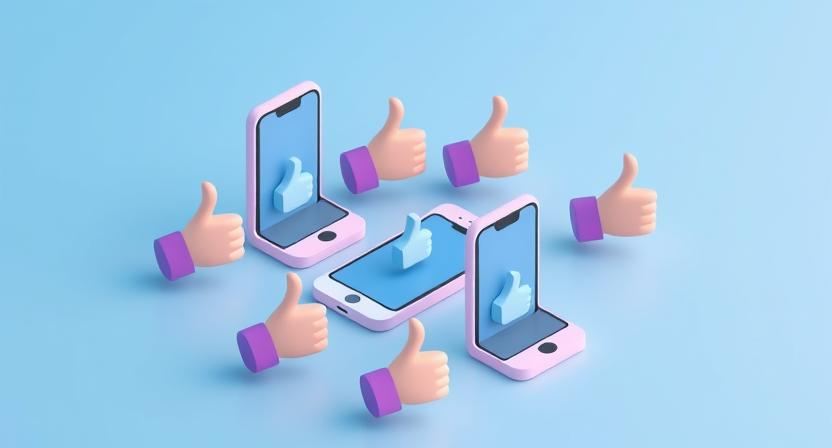
Pull-to-Refresh: The Swipe That Keeps Us Current
In 2008, Loren Brichter debuted "Pull-to-Refresh" in Tweetie, a Twitter client. A downward swipe refreshed content—a natural, clutter-free gesture. Twitter adopted it post-2010 acquisition, and it spread to Instagram and beyond. It’s now a mobile UX staple, making real-time updates effortless, especially for social and news apps.
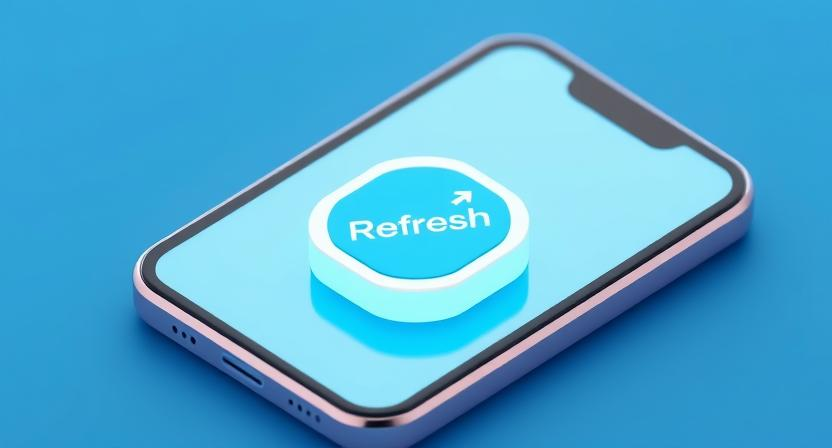
Infinite Scroll: The Endless Digital River
Aza Raskin’s 2006 creation at Humanized, "Infinite Scroll," ditched pagination for a seamless content flow. Popularized by Twitter, Facebook, and refined by Instagram’s Kevin Systrom in the 2010s, it keeps users hooked—though Raskin later rued its addictive pull. It’s a defining, if controversial, feature of modern platforms.
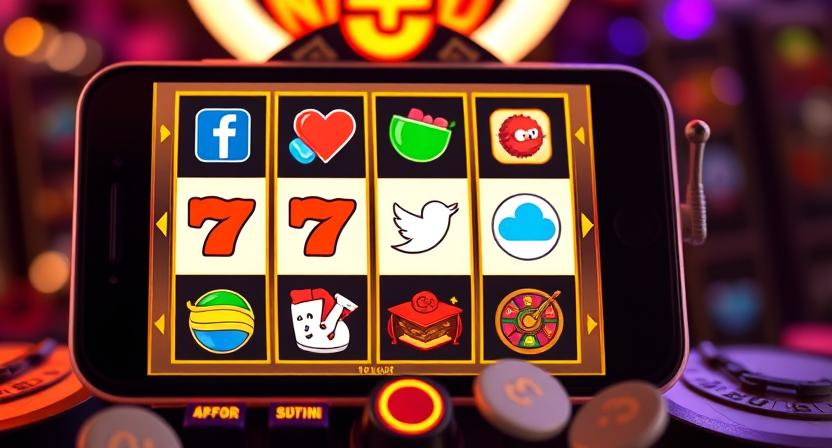
The Hamburger Menu: Navigation in Three Lines
Born in 1981 by Norm Cox for Xerox’s Star workstation, the "Hamburger Menu"—three stacked lines—found its calling in mobile design. Apple and Google championed it in the late 2000s, saving screen space. Ubiquitous yet debated for discoverability, it’s a minimalist icon of app navigation.
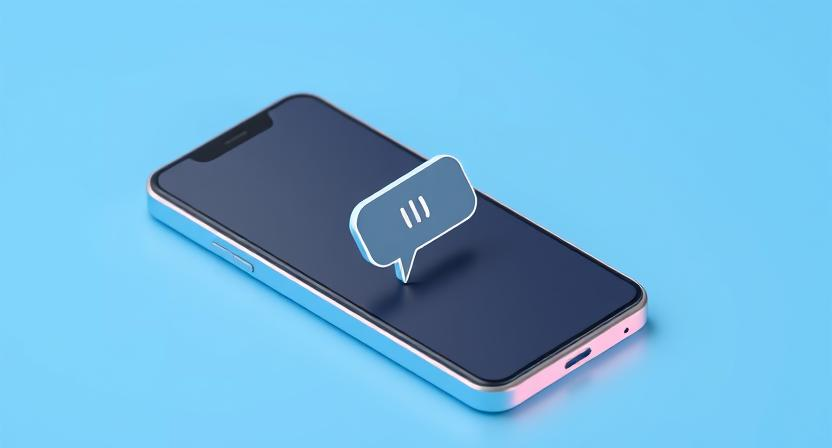
Swipe to Unlock: The Gesture That Opened Phones
Apple’s "Swipe to Unlock," unveiled with the 2007 iPhone by Steve Jobs and Greg Christie’s team, made unlocking intuitive and secure. Its influence stretched to app navigation and even Tinder’s swipes, despite a lost patent battle. It set the tone for touch-based UX worldwide.

Double-Click to Zoom: Magnifying the Map
Tim Taylor pioneered "Double-Click to Zoom" at Xerox PARC in the 1980s for early mapping tools. Google Maps, under Lars and Jens Rasmussen, perfected it in 2005, simplifying exploration across devices. It’s a bridge between desktop and touch, enhancing tools we rely on daily.
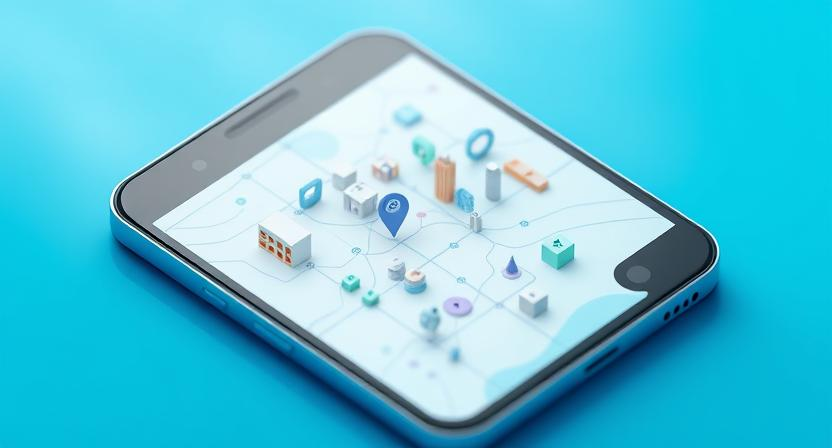
The Hashtag: Tagging a Global Conversation
Chris Messina pitched the hashtag to Twitter in 2007, turning # into a discovery tool. Officially adopted in 2009, it exploded across Instagram and Facebook, organizing chaos into clickable trends. It’s not just tech—it’s culture, connecting us globally.
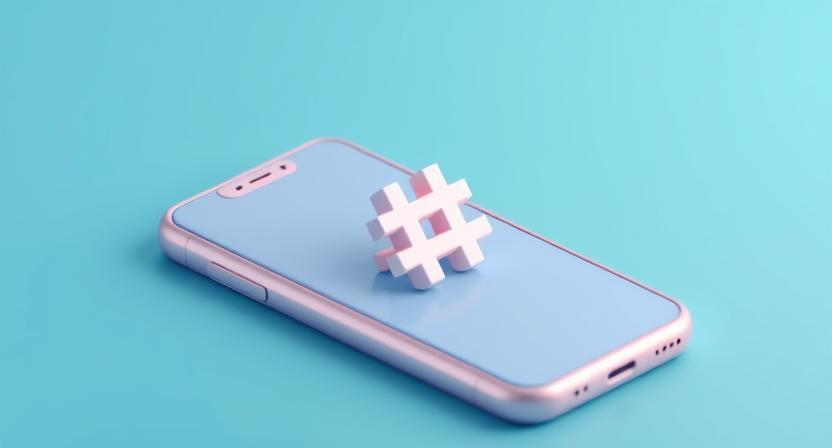
A Legacy That Shapes Tomorrow
These seven innovations are more than footnotes in tech history—they’re the building blocks of our digital present and a blueprint for its future. FriendFeed’s "Like" turned us into active participants, Apple’s swipe made touchscreens feel like extensions of our hands, and Messina’s hashtag gave us a voice in the global chorus. Amplified by tech giants like Facebook, Google, and Twitter, their origins—sometimes shrouded in debate, like iLike’s shadowy role—blend individual brilliance with corporate adoption. They’ve evolved beyond their creators’ wildest dreams, adapting to new devices, platforms, and user needs.
What makes these experiments remarkable isn’t just their functionality, but their staying power. They’ve weathered criticism—like infinite scroll’s addictive edge or the hamburger’s hidden menus—yet remain integral to how we navigate the digital realm. As technology marches forward, with AI interfaces and augmented reality on the horizon, these features offer lessons: simplicity resonates, intuition trumps complexity, and the best designs mirror human instincts. They remind us that behind every tap, swipe, or click lies a spark of innovation that can ripple across continents, shaping not just how we use technology, but how we live with it, every single day.
About the Author
Hina Firdause is a seasoned professional with over eight years of experience in product strategy, cross-sell optimization, and process improvement. Currently based in Bengaluru, she works with Niti AI, where she leverages her expertise to drive innovative solutions. She holds an MBA from the prestigious IIM Kashipur. Passionate about technology and business, she actively engages in discussions on emerging trends, including no-code platforms and fintech disruptors, offering insightful perspectives drawn from her extensive industry experience.







